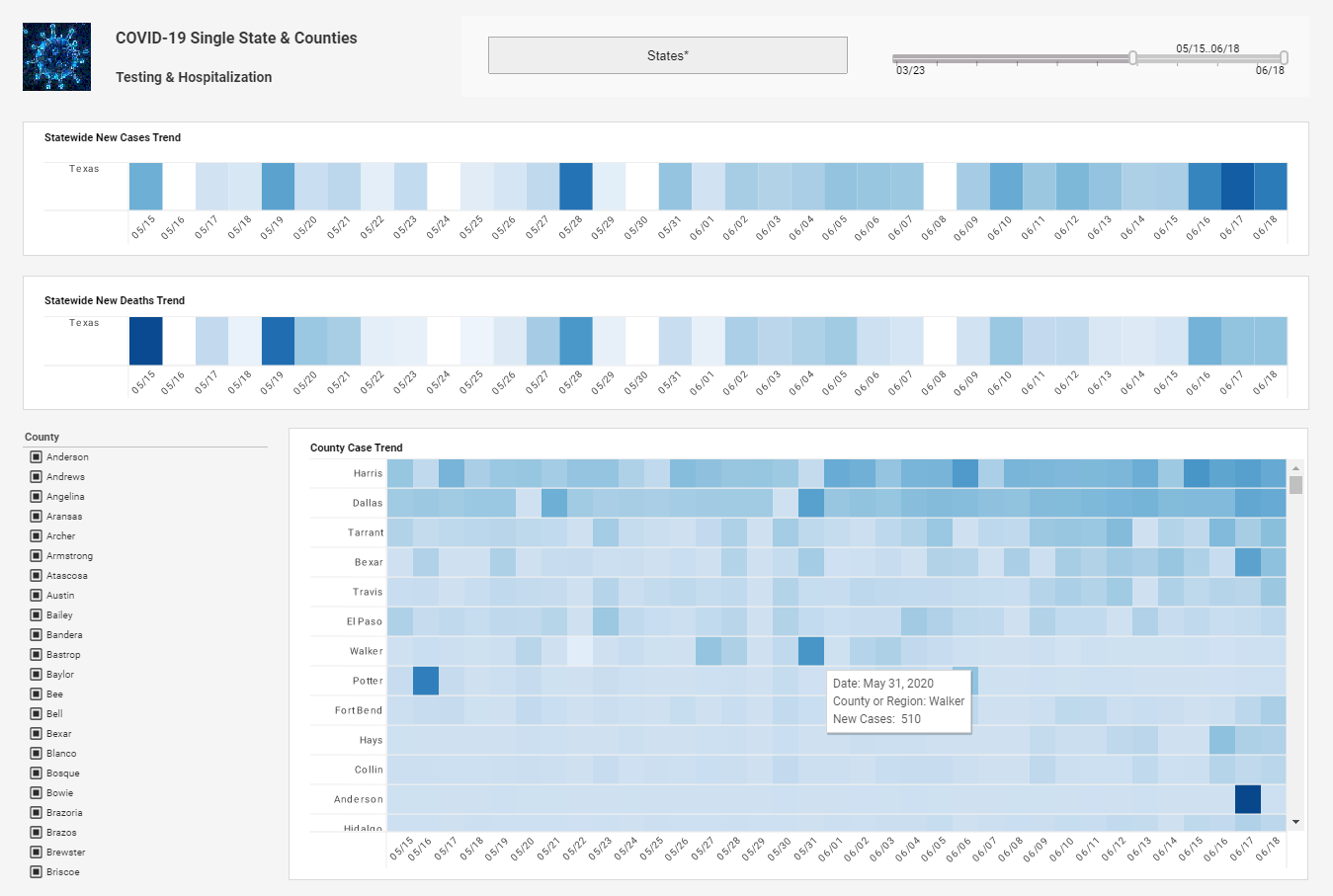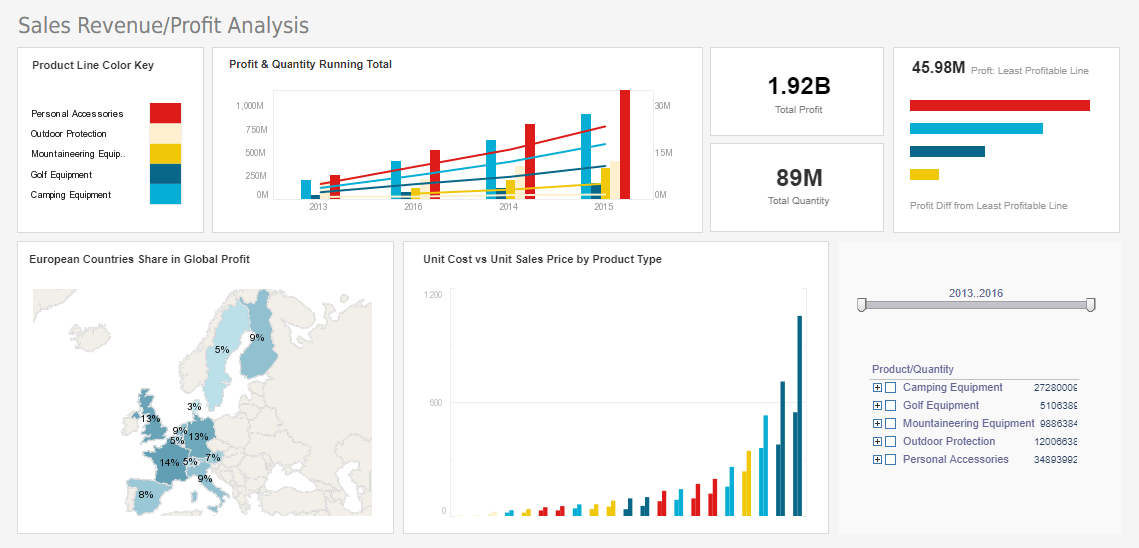Embedding BI in a Cloud Application
InetSoft's technology is very well-suited for deployment in a cloud environment, whether it be an OEM scenario or an internal enterprise deployment. The company’s primary application has been designed from the ground up as a Web-based server application so it naturally integrates with other Web-based solutions.
In addition, the application’s infrastructure has been designed to scale up based on distributed computing principles, just as cloud computing has been. Lastly, a major part of InetSoft's business comes from SaaS providers who integrate the entire business intelligence platform or the visualization or publishing component of the BI application in their cloud-based offerings.
| #1 Ranking: Read how InetSoft was rated #1 for user adoption in G2's user survey-based index | Read More |
Integration Features of a Web-based Application
The architecture of InetSoft's business intelligence application, StyleBI, is based on SOA and Java, so it delivers an embedding and integration ready platform perfectly suited for other Web-based applications. Depending on the project requirements, different layers of Style Intelligence can be integrated with multiple options for skinning or rebranding the application so that the end-solution is transparent to the end-user.
In a very straightforward manner, dashboards, visualizations, and reports can easily be presented inside an Iframe, complete with the interactive controls of the StyleBI application. In this way embedded dashboards or reports can be freely viewed and manipulated, even when the reporting engine runs in a separate container. This eliminates the need for a proxy.
StyleBI supports whatever type of single sign-on system the host application employs. InetSoft's software integrates with existing LDAP security models (iPlanet/SunOne, Active Directory, or Open LDAP). Simply enter the server settings, and InetSoft's software will import the users and roles.
The other option when creating single sign-on is to implement a Security Provider interface. This simple Java interface includes methods such as authenticate and checkPermission. By making this part of the API available, complete flexibility for security is provided. InetSoft's software checks the principal object in the user’s session. Passing this principal object along from your application will create the single sign-on functionality.
These user and/or role policies can then be used when setting the permissions for InetSoft's software components. The permission levels can be applied at all levels of data access, down to the data cell level. They can also be applied to functional capabilities ranging from the ability to create or modify dashboards and reports to personalization options. This flexibility suits scenarios where dashboards need to be “canned” and unchangeable by users, all the way up to where full self-service BI capabilities are required for power users or analysts. Finally, this approach allows for precise control of information, while preserving the reusability of reports.
Technology Built on Distributed Computing Principles
With the fifteen-year old maturity of InetSoft's code base and the company’s experience serving enterprises and service providers with large data and high usage requirements, Style Intelligence’s data access engine and presentation layers have been architected for high performance and scalability.
As an alternative to enabling direct, live access to operational data sources or data warehouses, InetSoft's Data Grid Cache technology can be employed. The Data Grid Cache intelligently configures itself to query and cache the data needed for a particular dashboard or visualization, including the detail required for ad hoc interactivity and drill-down. Timeliness of cache refreshing is configurable.
The core of the Data Grid Cache technology is based on techniques used by column-based databases or data stores that are much more efficient for interactive analyses of large amounts of data. For very large volumes of data, distributed technology that is based on the map reduce concept, is employed where calculations are parallelized across a cluster or private cloud.
Commodity hardware can be used for the cluster, and StyleBI components can be installed as services in virtualized environments. There is no need to invest in a specialized, expensive vertical database appliances, for instance, or outfit a server with enough memory to hold the entire database.
Another advantage of the technology is that complex issues of data warehouse development can be simplified or avoided. Developers can first build the desired reports or dashboards, and then Style Intelligence analyzes the contents to see how the data is being used; the appropriate column-based data store is created that will make that particular dashboard or report very high performing.

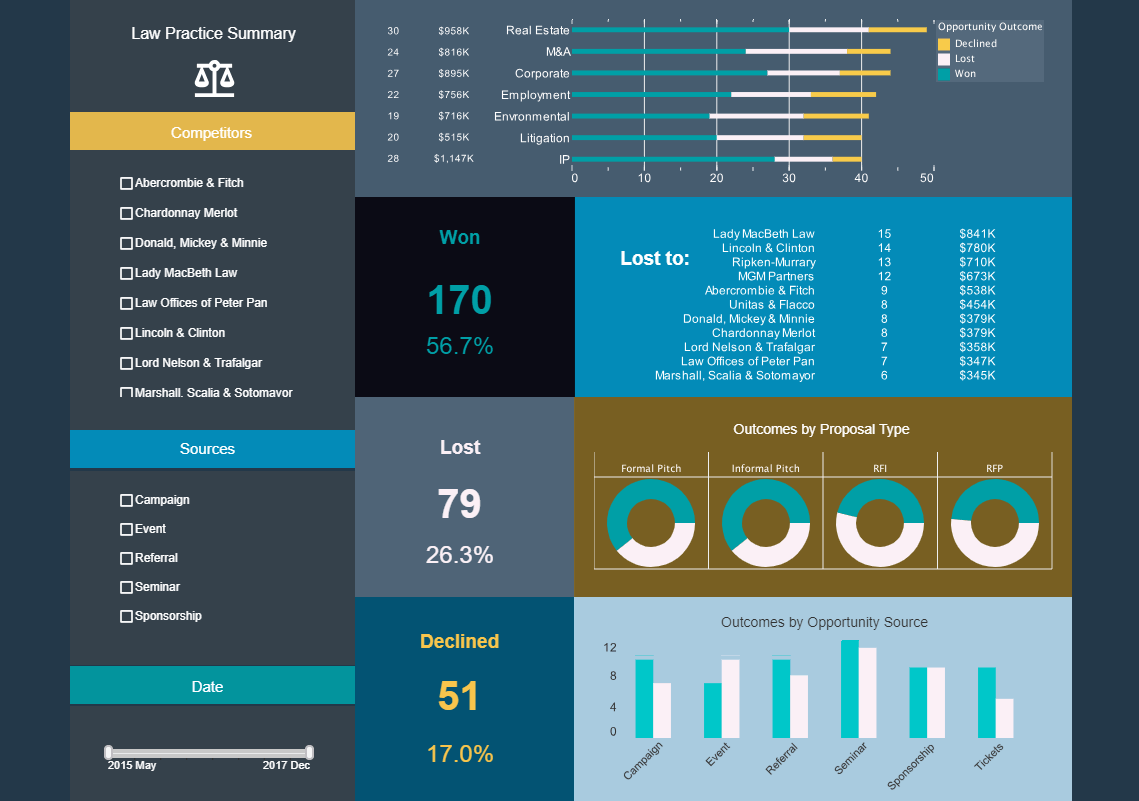

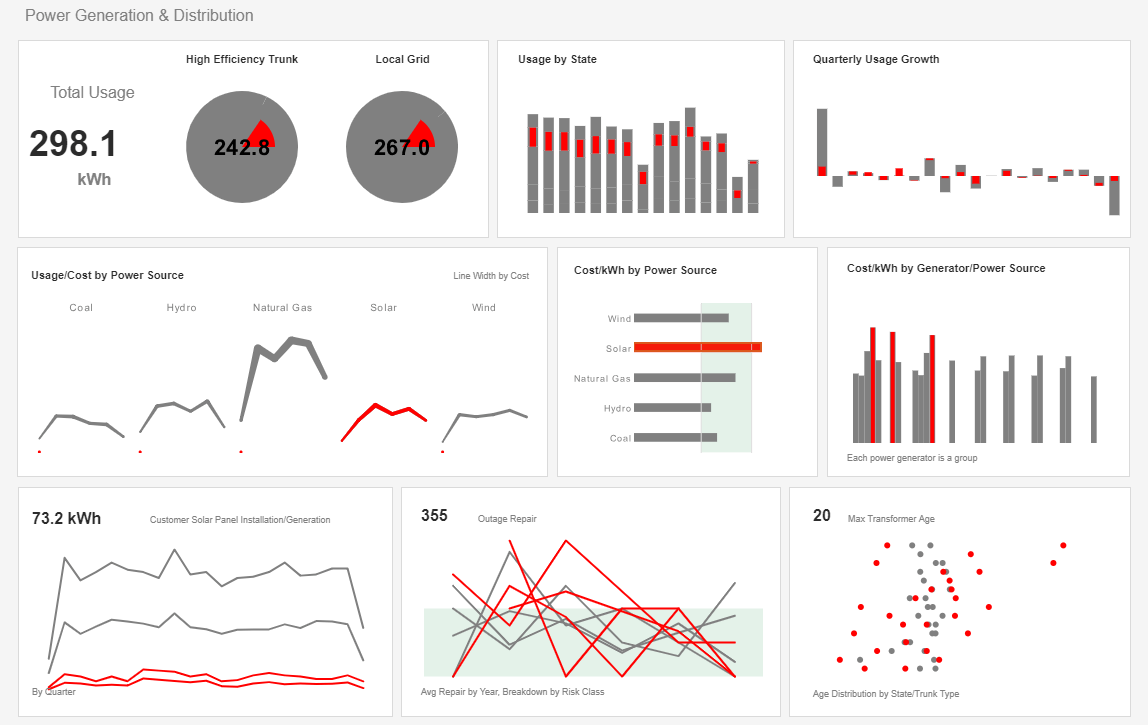
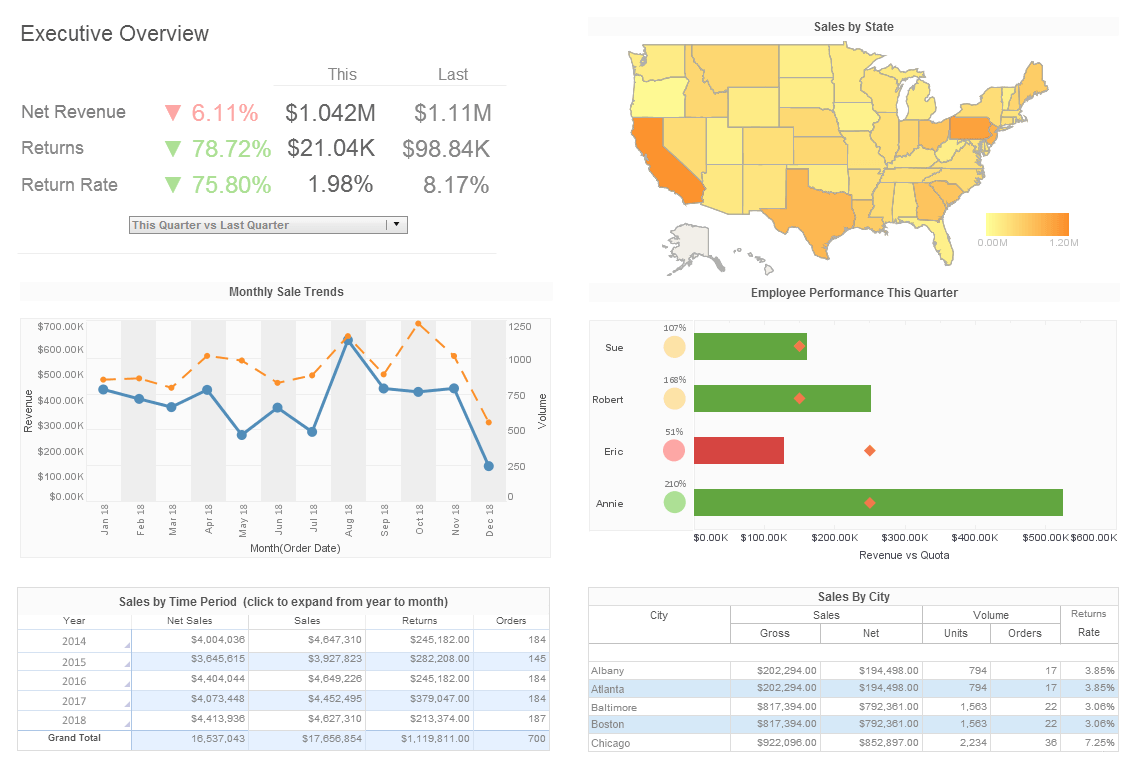
Experience in Cloud Computing OEM Partnerships
From early in the company’s history, InetSoft aimed to be developer friendly and designed its application to be easy to integrate and support. From the days of Application Service Providers over a decade ago to current marketplace of SaaS providers, the company has invested in product development requested by other solution providers.
Particularly important for cloud computing offerings is support for multi-tenancy. InetSoft’s application makes it easy to strike a balance between manageability and flexibility by allowing base physical views and logical data models to be extended. Changes can be made to the extended models that are specific to a certain user population, and updates to the standard model only have to be made once. Users will see their custom objects as part of the base model, based on their group or role.
In addition to being an integral part of dozens of cloud-based solutions serving a wide range of vertical and horizontal markets, InetSoft also has experience offering its own SaaS BI product, StyleBI for Salesforce. Serving the customer base of the most popular of the cloud computing vendor, salesforce.com, the technology platform has further proven to be well suited to the environment.




